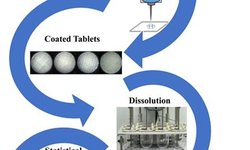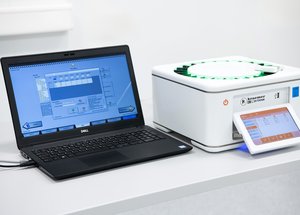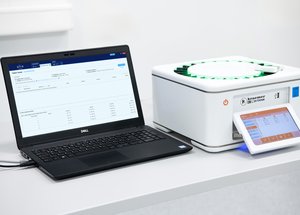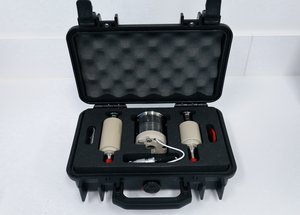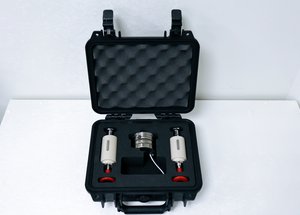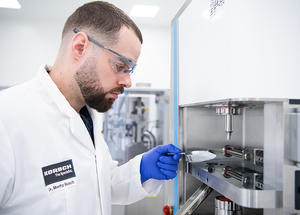Scientific papers
In this study, various methodologies were employed using a compaction simulator to explore the compaction behavior of acyclovir, a model compound with unidentified characteristics. Multiple indicators were utilized to assess the compaction behavior of acyclovir and were compared with those of three commonly used excipients, which have relatively well-known compaction behavior. Employing two widely utilized powder compaction models, namely the Heckel and Walker models, various parameters such as curvature of the plot, yield stress, D0, SRS value, and W value were determined. Additionally, compression and elastic energies were measured during the loading and unloading phases, respectively, and the ratio of these energies was considered. To characterize the mechanical properties of materials during bond formation, the radial tensile strength of powder compacts was measured. Throughout these evaluations, the impacts of compaction rate and lubrication were concurrently investigated. The findings indicated that primary particles of acyclovir underwent compaction primarily through plastic flow, displaying high viscoelasticity and low particle interactions. The bond formation was found to be highly sensitive to strain rate and lubrication. This study highlights the potential application of a compaction simulator in unraveling the compaction behavior of a material of interest.
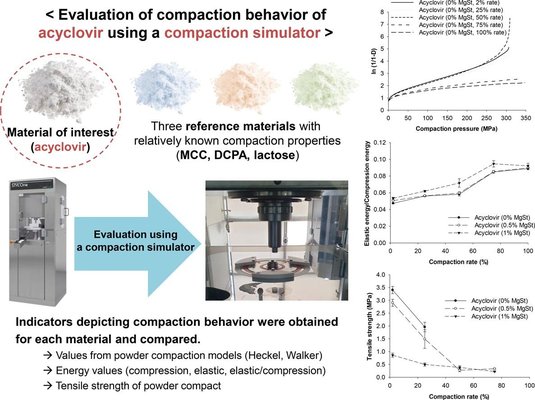
Comments
No comments posted yet.
Add a comment

